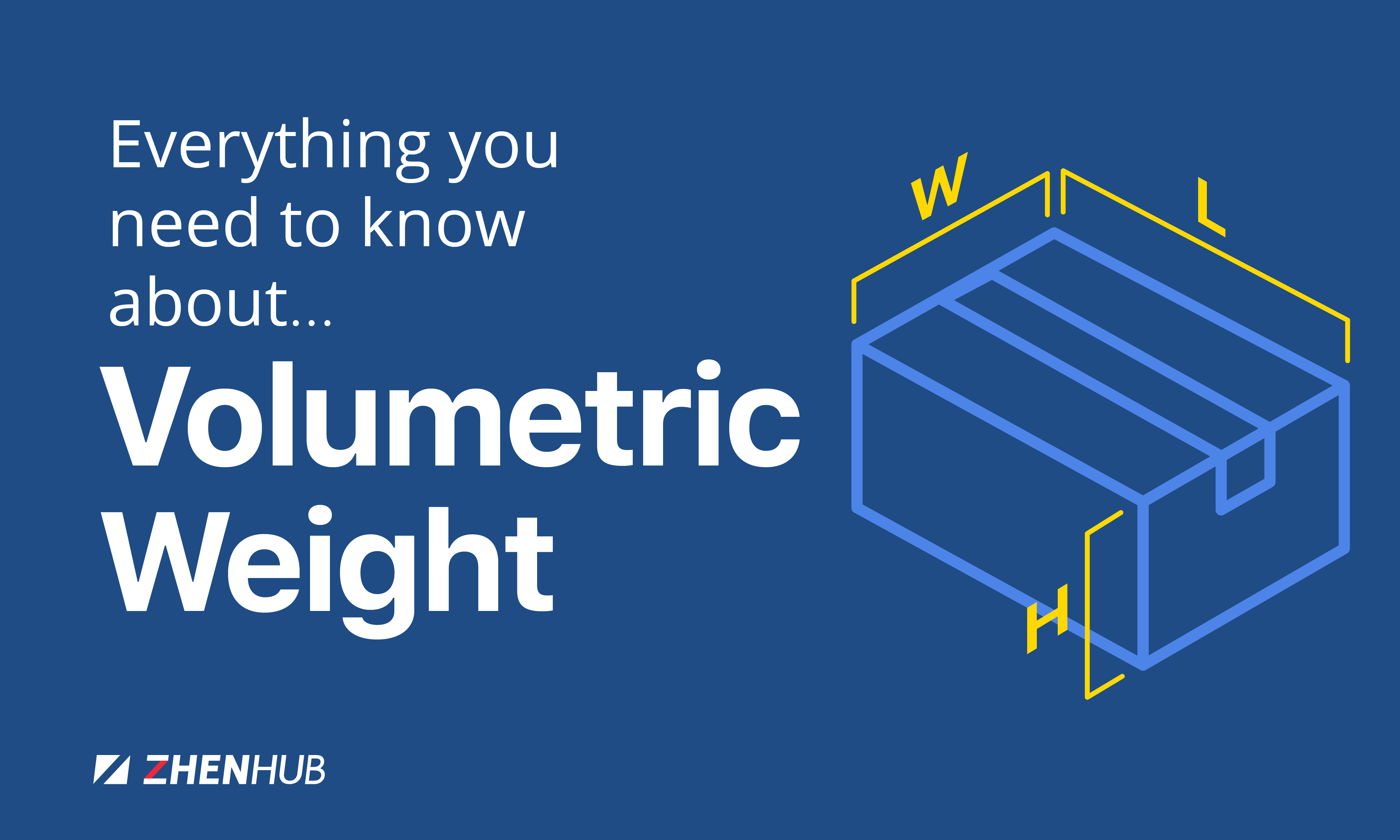Consider a two-kilogram laptop and a two-kilogram bag of cotton.
Both weigh two kilograms, yet it costs more to ship the bag of cotton than the laptop.
Why is that?
For freight forwarders, charging for shipping according to the actual weight is unprofitable due to the amount of space low-density goods, like cotton, take up in a truck, ship, or plane (think about how much more space the bag of cotton takes in comparison to the laptop).
As a result, freight forwarders came up with a technique to calculate the weight of a package that also accounts for the density of the goods.
What is volumetric weight?
Volumetric weight, also known as dimensional weight, is a technique used by freight forwarders to calculate the price of shipping based on the volume (the length, width, and height) of a package.
When are you charged according to the volumetric weight?
Freight forwarders always calculate the volumetric weight, compare it to the gross weight (weight of your goods including the packaging), and then use whichever one is higher to calculate the shipment cost.
How is volumetric weight calculated?
Volumetric weight is calculated using the following formula:

The volumetric divisor is an arbitrary number that varies based on 1) the country and 2) the freight forwarder.
Note: When calculating the volume (l*w*h), make sure that all the units for the length, width, and height are either in cm or m.
You can calculate the volumetric weight yourself using the divisors below.
a) By Air
Couriers (UPS, TNT, FedEx, DHL)
- if the length, width, and height are calculated in cm, the volumetric divisor is 5000
- if the length, width, and height are calculated in m, the volumetric divisor is 0.005
Air freight
- if the length, width, and height are calculated in cm, the volumetric divisor is 6000
- if the length, width, and height are calculated in m, the volumetric divisor is 0.006

b) By Ocean
Ocean freight
- The rule is that 1 Cubic Meter (CBM) is equal to 1 metric ton (1000 kg). In other words, goods with a volumetric weight of 1 CBM are considered as weighing 1 metric ton.

How can you avoid getting charged according to volumetric weight?
Depending on the density of your goods, you may not be able to avoid getting charged according to the volumetric weight of your packages.
However, it is possible to minimize shipping costs by optimizing the packaging of your goods – your packaging should have the smallest possible dimensions, but also be able to keep your goods safe while in transit.
Need some advice on how to package your goods or help with calculating volumetric weight?
Reach out to enquiry@zhenhub.com to speak to an expert.


